Wow, so much to cover and so little time.
And let us say it again, Java, Indonesia sure is sprawling, but with a little bit of planning, even a tight schedule can be effectively packed with the right activities.
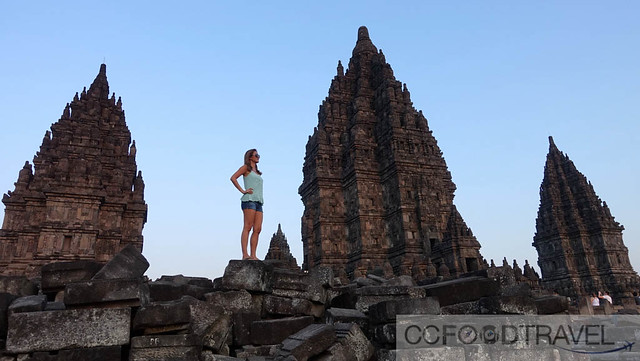
On our recent trip with Tourism Indonesia that spanned 14 days, here’s 10 Things you can do in Yogyakarta..
1. Visit Borobudur
Though Borobudur is an hour from Yogyakarta (or Jogja, as folks pronounce it) this place is, of course, one of the main reasons why folks come to Yogyakarta at all.
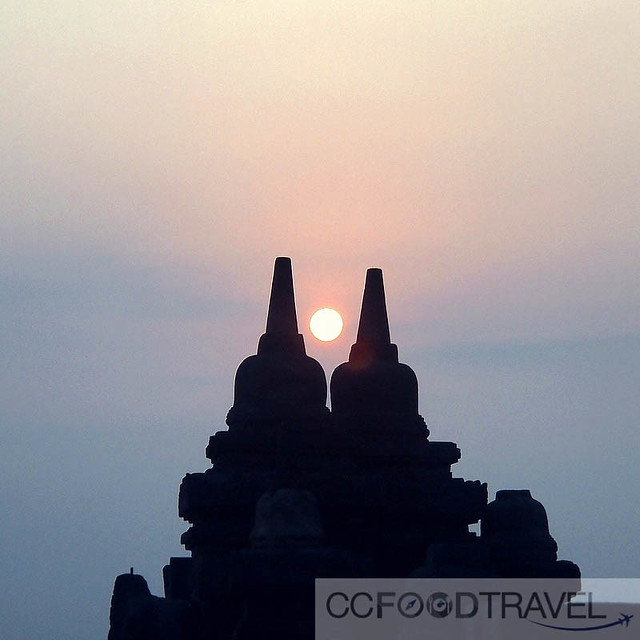
In order to be as close as possible to Borobudur the next day to catch the sunrise, we were housed in a beautiful hotel located in the heart of Yogyakarta near the popular Malioboro district. The historic Phoenix hotel Yogyakarta (Jl. Jendral Sudirman No.9, Daerah Istimewa Yogyakarta 55233), is what some might call a colonial landmark, dating back to 1918. With 144 elegant rooms and suites, it feels like a fusion of Asian and European decor. The hotel’s gym and swimming pool are amazing too. I worked out here in the mornings and found the place a gym bunny’s paradise.
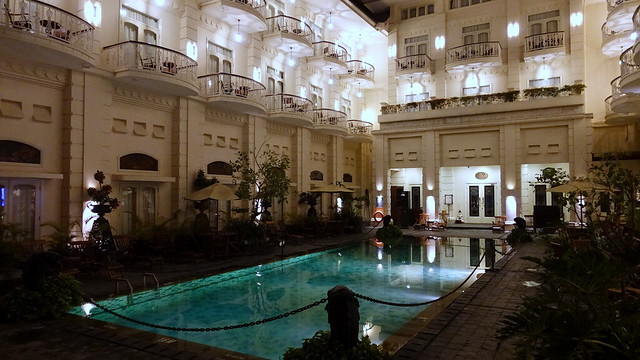
The most gorgeous Phoenix hotel..
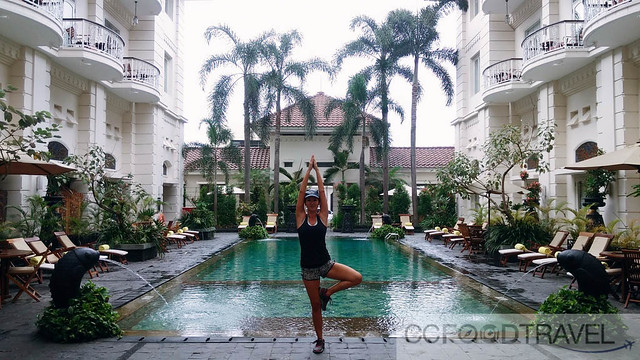
Fabulous gym and pool… needed more time at this hotel for sure..
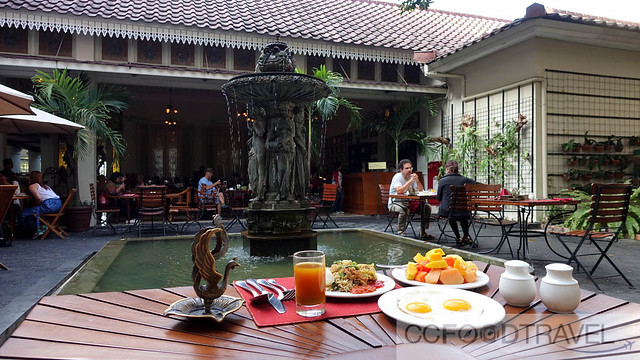
Breakfast was a real treat every morning at the Phoenix..
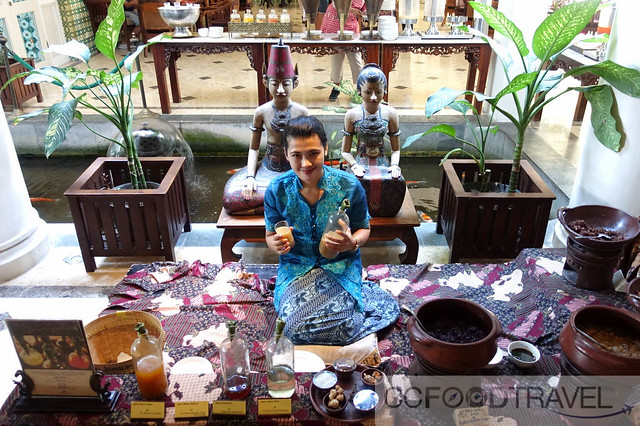
The rather fancy hotel was a place we wanted to hang out at for longer, but unfortunately we had to rise early (4.30am) to catch dawn at the Borobudur temple.
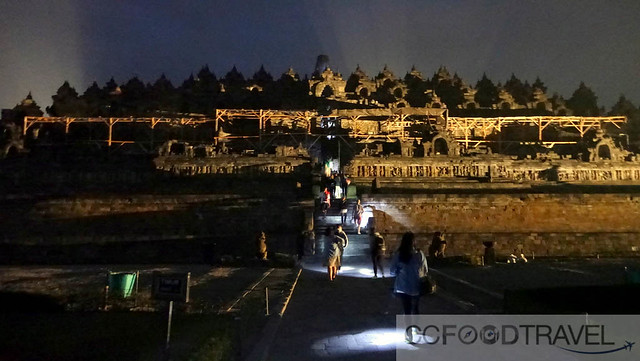
I’m not sure why, but perhaps it had something to do with waking up at the crack of dawn – I rather expected to be one of the few folks on Borobudur, witnessing a quiet sunrise. It couldn’t have been further from the truth. Well definitely not as serene as we would have liked – it is after all a 9th century temple that’s a famous UNESCO Heritage site, one of the largest Buddhist temple in the world, and so it was packed to the rafters with people who like us, were all waiting to see the sun break across six square platforms with 2,672 relief panels and 504 Buddha status.
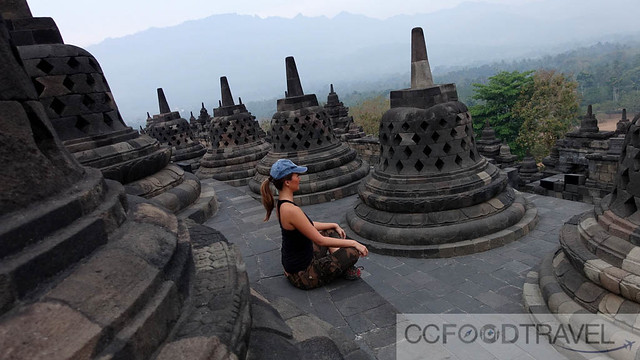
Still, with some careful camera angling and waiting for just the right moment, we managed to make it look like we were the only ones on Borobudur!
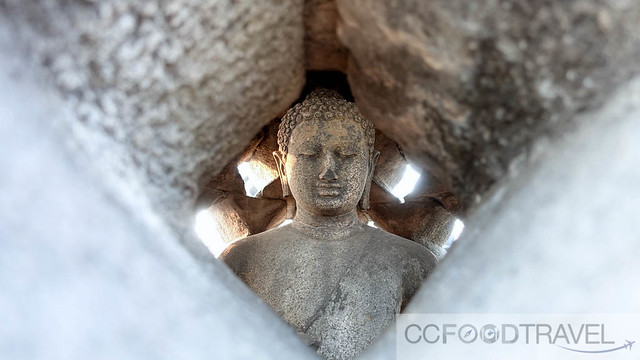
Fortunately too, that as it got brighter and people started to leave, it did make for some splendid sunrise photo moments.

Thousands of Buddhists do their annual pilgrimage here, as do monks and holy men. It’s all pretty epic.
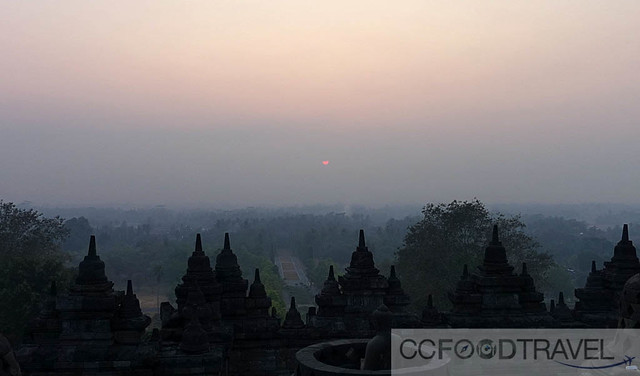
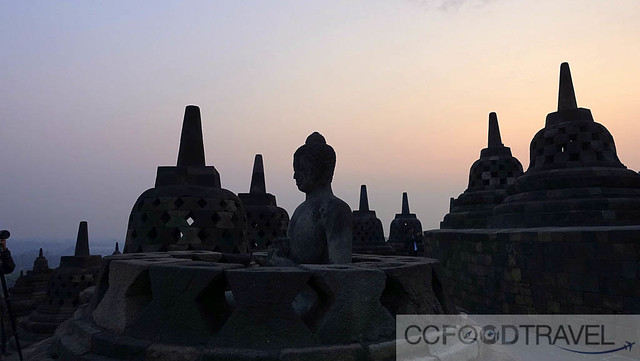
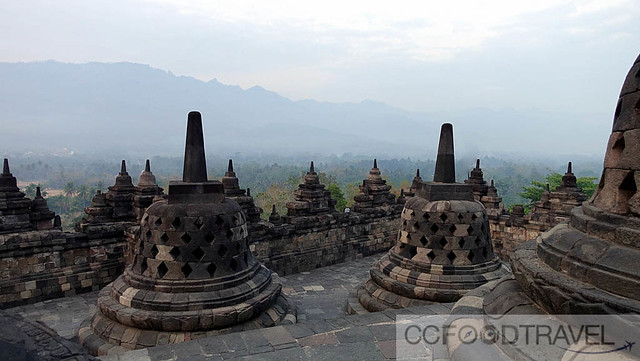
2. Dine at Amanjiwo for lunch & Restaurant Plataran Borobudur for dinner
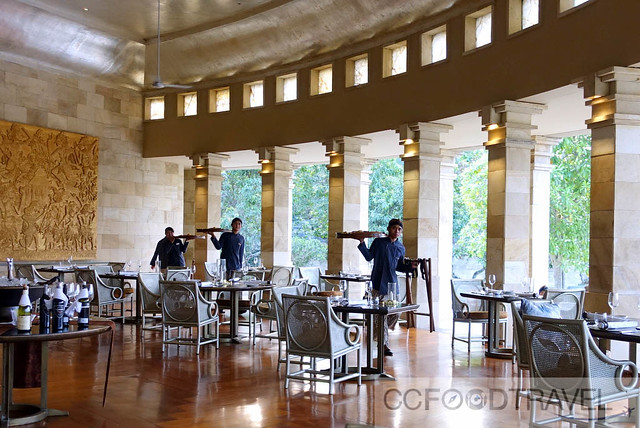
So we only passed through Amanjiwo for lunch, but I would have happily stayed here. Inspired by the ancient temples in the Amanjiwo Valley, and overlooking Borobudur in the distance, this luxurious hotel is set in an incredible location.
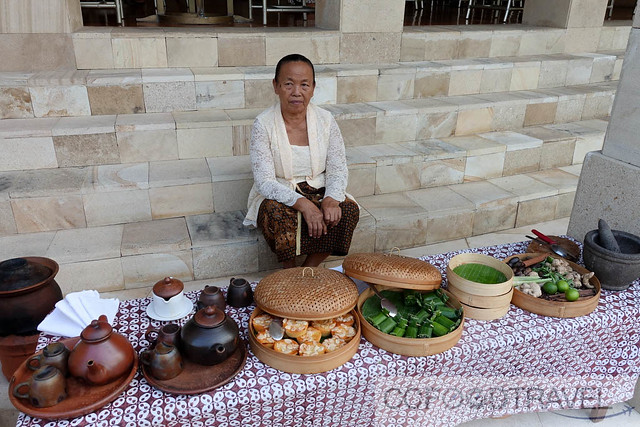
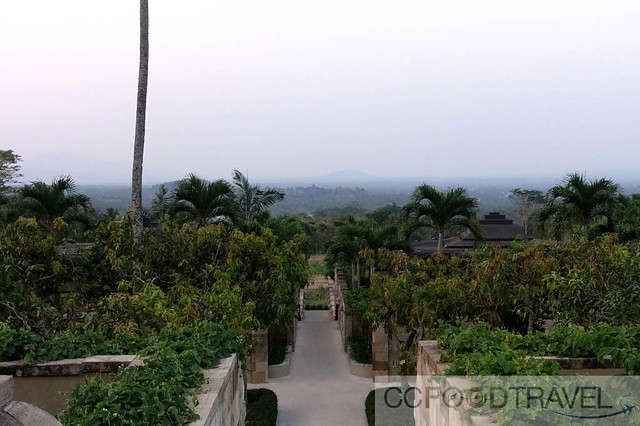
Though its private property and you need permission to wander down, you’ll be surrounded by aromatic coffee plantations and engulfed by four mountains.The Amanjiwo is opposite the incredible Borobudur temple that can be seen from the main restaurant and dining area. Not to be missed spot to stay at or to have a meal for sure.
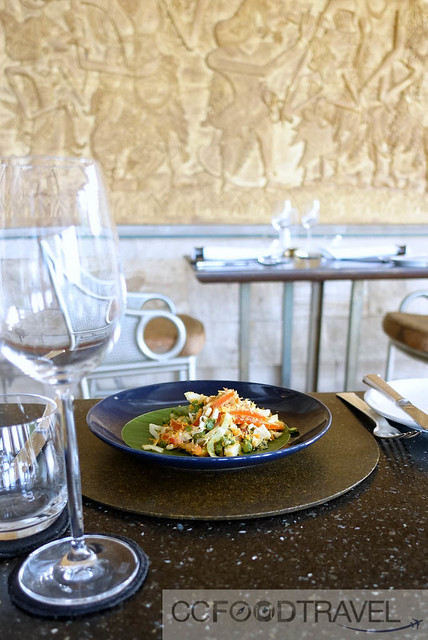
Terancam – local salad of shredded coconut, papaya, lime and chili – a most delicious starter

Plataran Borobudur… a lush sanctuary
Again with such a hectic schedule, too bad we didn’t get to spend longer over dinner at this charming sprawling resort, as we had to catch the Borobudur sunrise the next morning and had to sleep early. Plataran Borobudur is approximately a 60-minute drive from Malioboro Street (Malioboro is 15 min walk from our hotel on Jl. Jendral Sudirman) so we did spend a lot of time getting there and back from our hotel which was located in the main part of town.
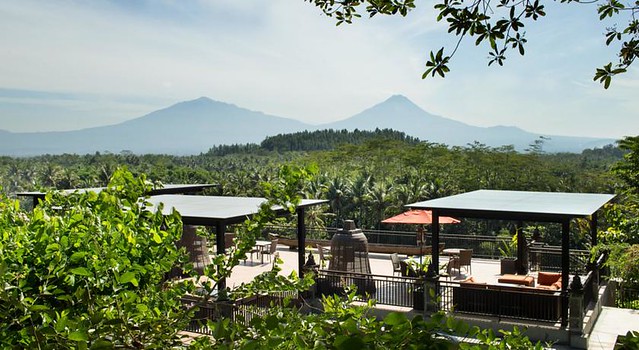
photo credit : Plataran Borobudur
This gorgeous property sits atop Tanjungan Village’s hills in Central Java, half a kilometer from Borobudur Temple. Plataran Borobudur features the richness of Indonesian architecture, offering a spa and outdoor pool.. there’s different architectures with a modern Colonial house and dining area, some traditional Indonesians outdoor garden dining as well as a massive swimming pool, luxury villas and spa.

The food was fantastic. Many from our group opted for an early night, staying back at the Pheonix hotel and missed out on this amazing dinner. Best Indonesian style smoked duck I had all trip was right here at Plataran.
3. Head out for a Merapi Jeep Adventure
OK, we didn’t do this (because we just simply didn’t have time this round) but we had a close friend who just went and said that it’s a must visit! Fire Mountain or Merapi volcano is located on the border of Central Java and this jeep adventure will have you bumping and jumping on a 4×4 adventure, as you explore the region around the base of the volcano. On the Merapi tour you’ll have a driver who will take you to several spots around the volcano. There are three options available for the Merapi Lava Tour. These are the short, medium and long route. The short route consists of an 1.5 – 2 hours journey around Merapi. It costs Rp350,000 to rent the jeep that is a 5 seater. The tour will cover the Museum Sisa Hartaku, a visit to several villages that were affected by the Merapi eruption, the Bunker in Kaliadem and finally the Merapi summit. The distance from the bunker to the Merapi summit is less than 10 km. The views are spectacular.
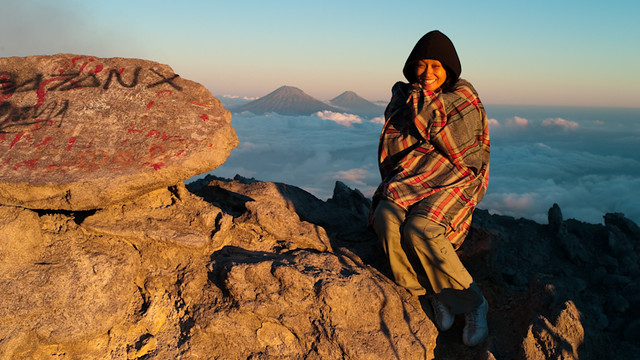
photo credit : indovolcano.com
For the hardcore, there’s also the night climb up Mt Merapi that’s worth taking on. There’s something magical about trekking in the dark then watching the sunrise from the highest peak. Most people need 4 – 5 hours to climb from New Selo to the peak of Mount Merapi. There are two points on Merapi – the first peak is just before the highest summit of the volcano. Then the second peaks is where the joy lies. Folks usually start to climb just as the sun rises. It’s a 200 meter elevation up a shale slope of loose stone. Tough but really worth it!
4. Visit Prambanan / Watch the Ramayana Epic
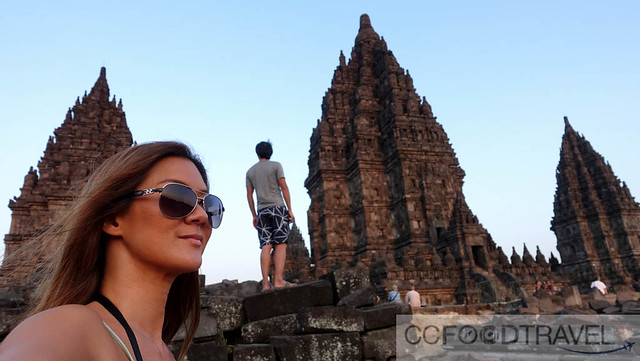
Now candi Prambanan is markedly different from Borodubur temple, it being a Hindu temple, while the latter, Buddhist. The temple compound, a UNESCO World Heritage Site, is the largest Hindu temple site in Indonesia, and one of the biggest in Southeast Asia. It is characterized by its tall and pointed architecture, typical of Hindu temple architecture, and by the towering 47-metre-high central building inside a large complex of individual temples. Inside these temples, the statue of Ganesh resides.
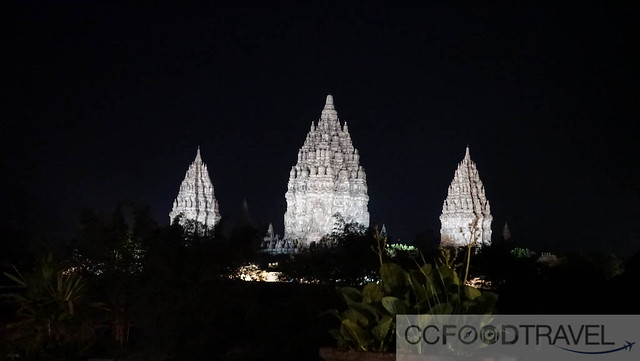
The first temple building was completed in the mid-9th century, likely by Rakai Pikatan as the Hindu Sanjaya Dynasty’s answer to the Buddhist Sailendra Dynasty’s Borobudur. Historians suggest that the construction of Prambanan probably was meant to mark the return of the Hindu Sanjaya Dynasty to power in Central Java after almost a century of Buddhist Sailendra Dynasty domination. The construction of this massive Hindu temple signifies that the Medang court had shifted its patronage from Mahayana Buddhism to Shivaist Hinduism.
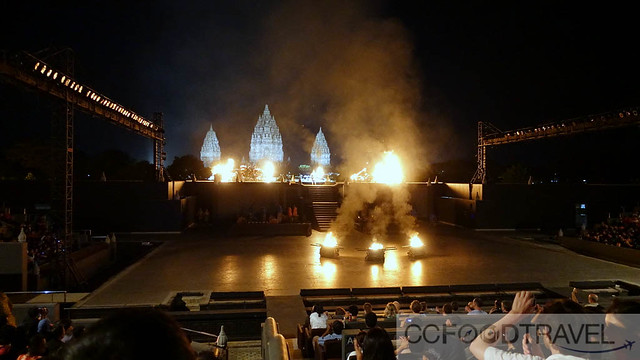
Later that evening, we caught the Open Air Ramayana Ballet, with the Prambanan temples for backdrop, and it was amazing. The show features over 200 performers, supported by a full gamelan orchestra and several singers. Some performances present the whole Ramayana story, and others present one part of a more detailed version that is broken into four parts.
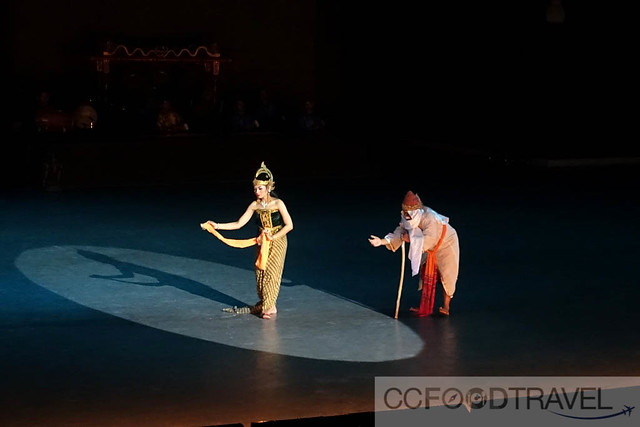
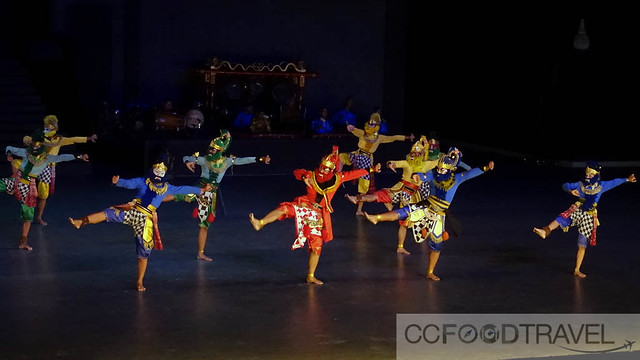
Words cannot do justice to the enormity and depth of experience – how does one succinctly describe mesmerizing chants and the music of the gamelan orchestra..? Near impossible. This is a truly magical experience that alone is worth the trip to Jogja. There are other venues that offer the ballet, but seeing it outdoors at the foot of the mighty Prambanan temple is the only true way to experience it. Just epic.
5. Visit Ullen Sentalu Museum & Kraton Ratu Boko
You don’t normally find me in museums when the sun is out and shining, but this one is a must. It has a rather weird set up, with rooms built to integrate into the volcano slopes and foliage.
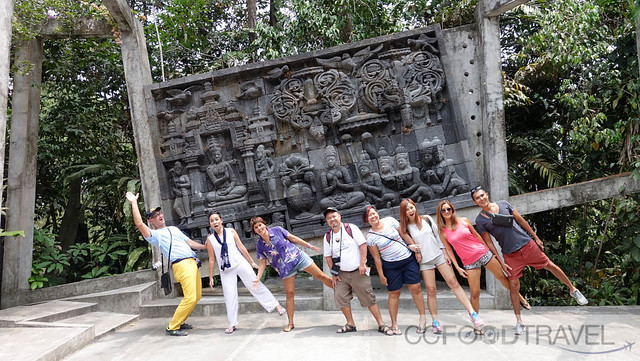
Tucked away in the panoramic mountain region of Kaliurang on the slopes of Mount Merapi it is a one-of-a-kind museum that houses the history of the modern Mataram Dynasty, comprising the royal houses of the Sunan of Solo , Prince Mangkunegaran, and the Sultan of Yogya and the Prince of Paku Alam.
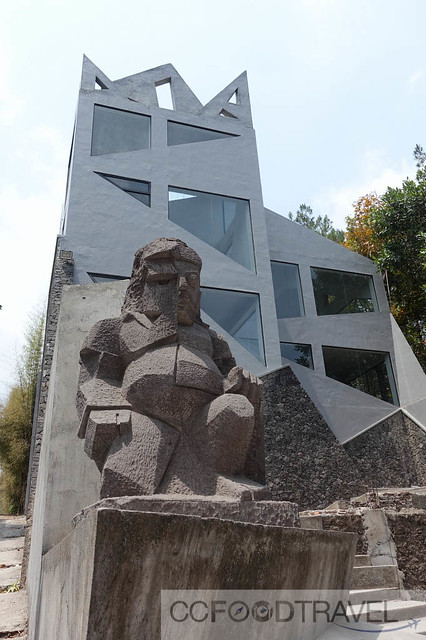
Officially opened on 1 March 1997 it took five years to prepare since 1994. The Museum, which also houses intangible heritage that covers expressions, knowledge, representations and skills, is the initiative of Haryono and comes under the auspices of the Ulating Blencong Institute.
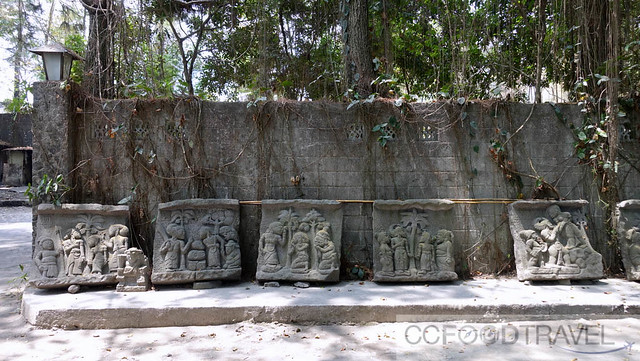
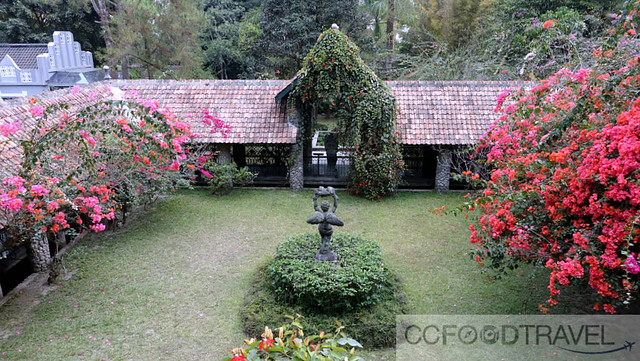
Lunch overlooking a gorgeous Courtyard
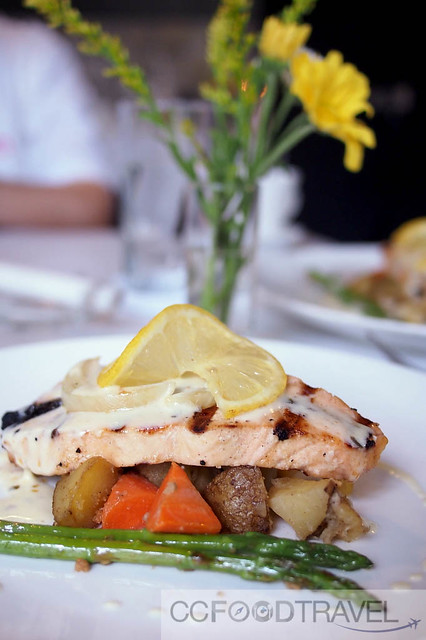
Salmon looked delicious, but was over-cooked
There’s a cool place for a western style lunch here to called the Beukenhof Restaurant that’s worth a visit. While the mains were forgettable, the dessert was a rave worthy ice-cream cheese cake drizzled with strawberry sauce. Sublime!
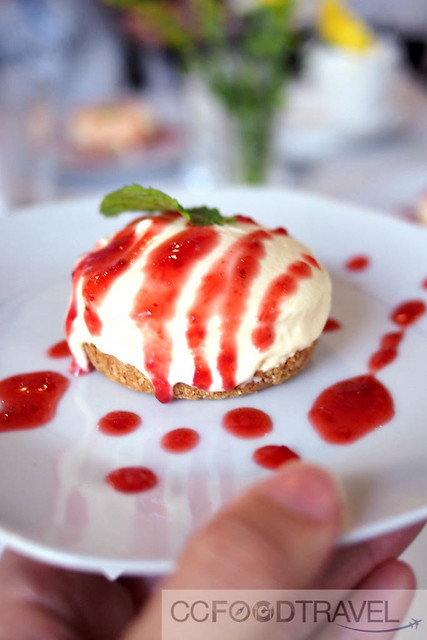
Fabulous, mouthwatering cheesecake.. a must order!
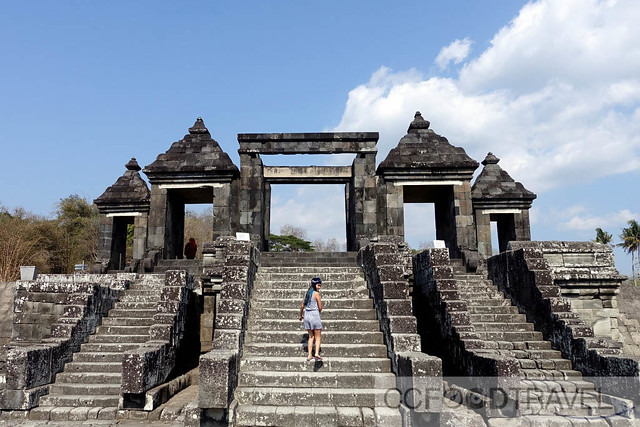
Ratu Boko is an archaeological site known to modern Javanese as Kraton Ratu Boko or Ratu Boko’s Palace. Ratu Boko is located on a plateau, about three kilometres south of Lara Jonggrang Prambanan temple complex in Yogyakarta Indonesia. The original name of this site is still unclear, however the local inhabitants named this site after King Boko, the legendary king mentioned in Loro Jonggrang folklore.

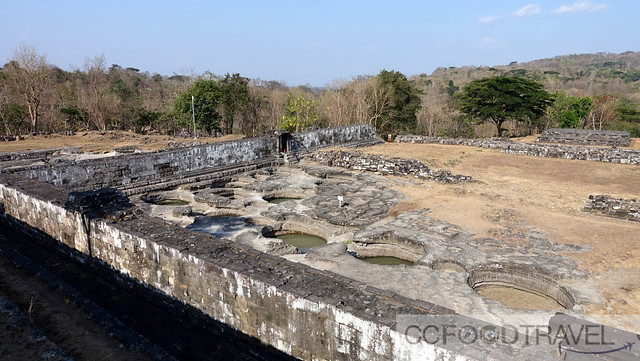
The site covers 16 hectares in two hamlets (Dawung and Sambireja) of the village of Bokoharjo and Prambanan, Sleman Regency. In striking contrast to other Classic-period sites in Central Java and Yogyakarta, which are remains of temples, Ratu Boko displays attributes of an occupation or settlement site, although its precise function is unknown.
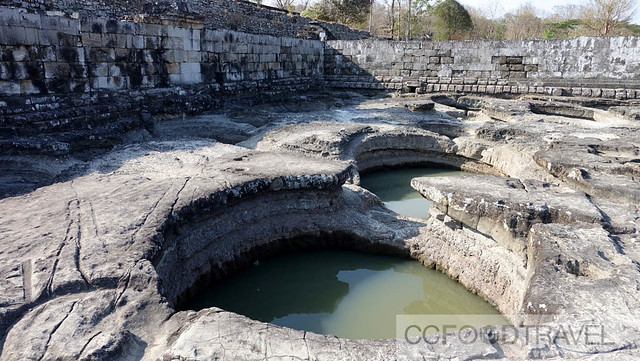
Probably the site was a palace complex which belonged to the kings of Sailendra or Mataram Kingdom that also built temples scattered across the Prambanan Plain.
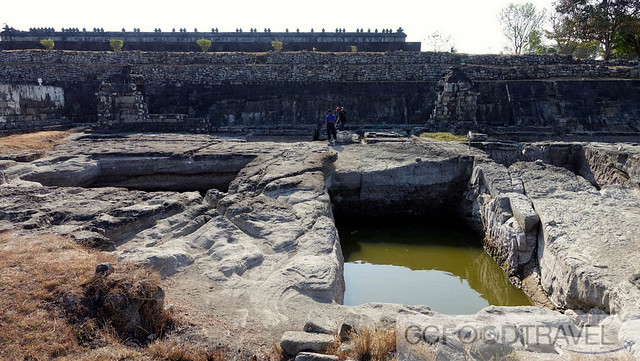
You will note remnants of fortified walls, a dry moat of defensive structures and even what looked to be swimming pools back in the day.
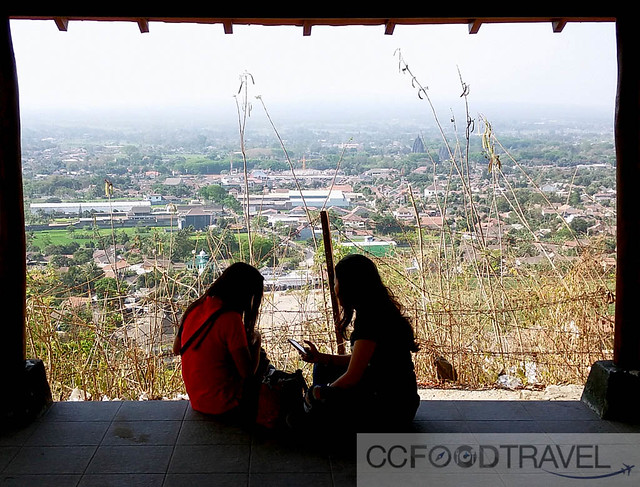
This site is located 196 m above the sea level, on the highest point in the site, there is a small pavilion from which one will be able to see a panoramic view of Prambanan temple with Mount Merapi as the background.
6. Partake in arts and craft workshops (Batik, silver, pottery, leather etc)
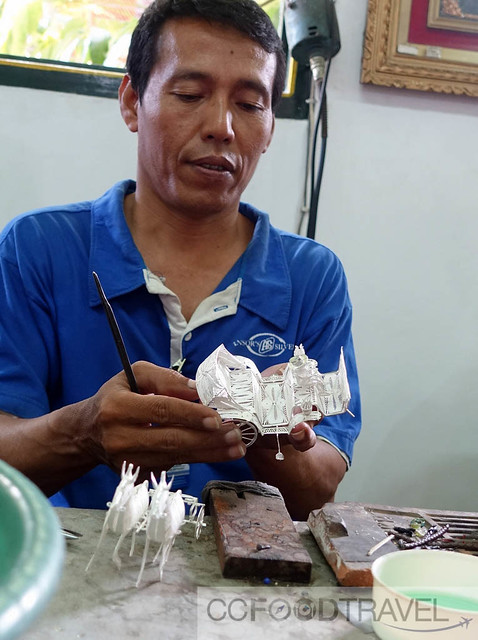
So you visit Jogja and you want a full ‘authentic’ arts and craft experience, you say. Well then you’d better immerse yourself in it, by joining a workshop.
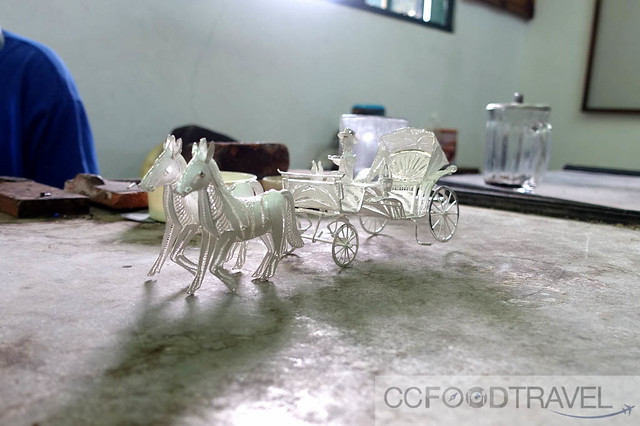
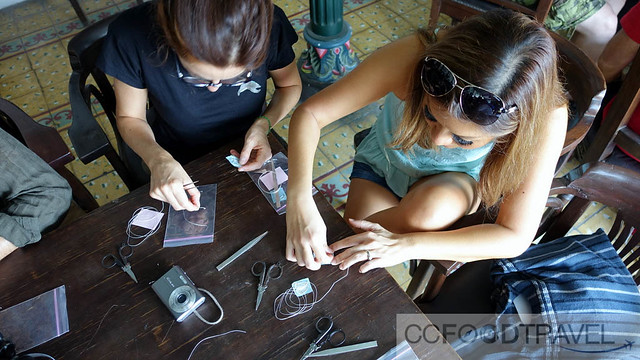
Kota Gede has been famed as the hub of Yogya’s silver industry since the 1930s. Jl Kemasan, the main street leading into town from the north, is lined with busy silver workshops. Most of the shops have similar stock, including hand-beaten bowls, boxes, fine filigree and modern jewellery. Kota Gede is about 5km southeast of Jl Malioboro.
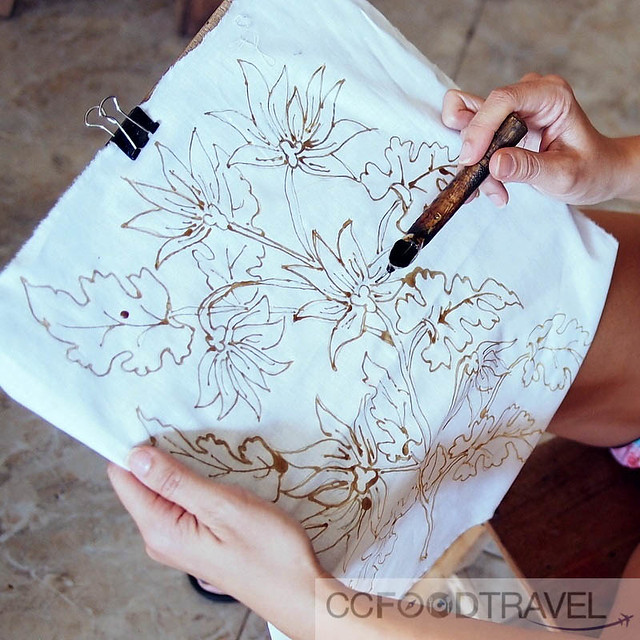
There are also plenty of Batik course in Kraton area, around the small alleys around Taman Sari. Do one, or do both if you have the time. It’s truly a fun experience!
7. Shop at Jalan Malioboro and Pasar Beringharjo
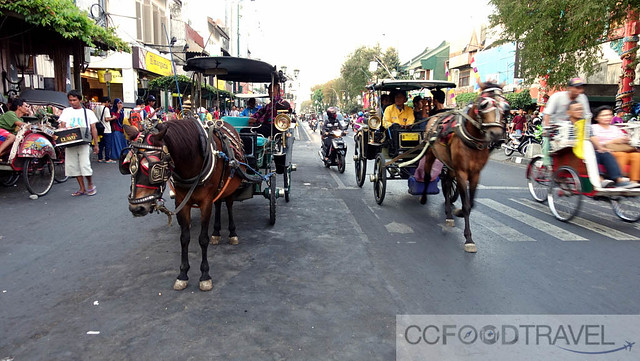
If you want to do some serious shopping, head for the streets of Malioboro, or even Beringharjo market, where you will find lots of stalls line up selling anything you can think of from clothes to bags to rattan products and silver jewelries, food and anything you thought you might find in Indonesia.
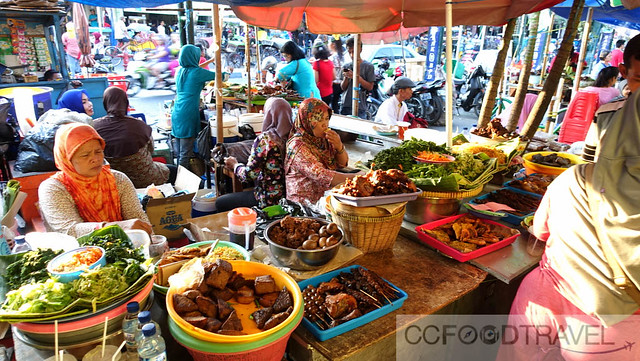
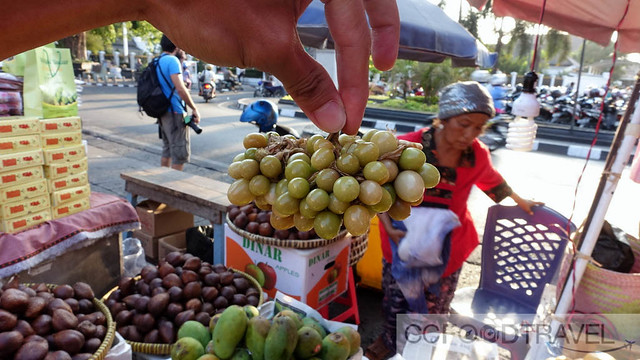
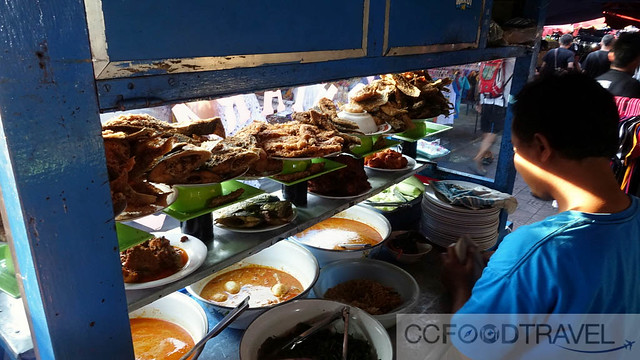
Pasar Beringharjo, Yogya’s main market, is 800m north of the kraton. Here you can find a phenomenal amount of inexpensive batik, as well as cheap clothes and shoes. Most interesting of all, though, is the old section towards the back. Crammed with warungs and stalls selling a huge variety of spices, fruit and vegetables, this is still very much a traditional market.
8. Try the Gudeg
If you have a sweet tooth, you will love this one. Well, not this trip but on our previous one, we wandered into “Gudeg street” and ate our fill of this rice dish that while is composed of savory dishes, was in essence, sweet. This unique Indonesian dish is a stew made from young jackfruit (nangka) with palm sugar, coconut milk, meat, garlic and spices – extremely sweet, and some say, an acquired taste, but I liked it.
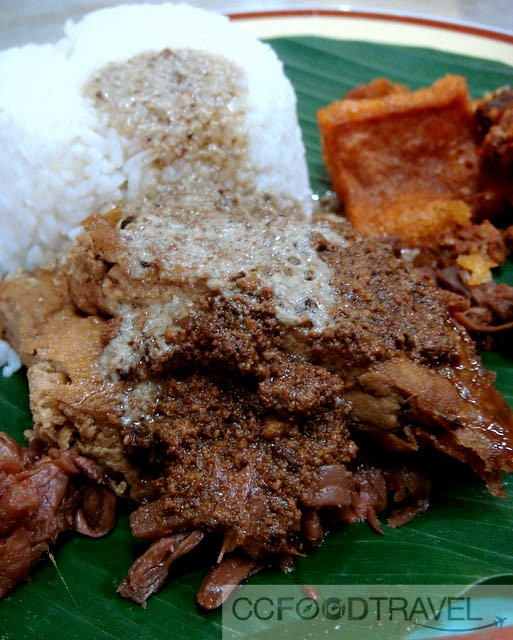
The dish is served with steamed rice, cow skin, chicken/egg, cracker and temple/tofu vegetable dish. In Jogjakarta, there is a famous Kampong Wijilan which gudeg is made traditionally by firewood and clay pots. You may find other gudeg stall on Solo Street, Maliboro, Alun-alun Lor, Kaliurang Street.
9. Explore the Palace of the Sultans at Kraton Yogyakarta
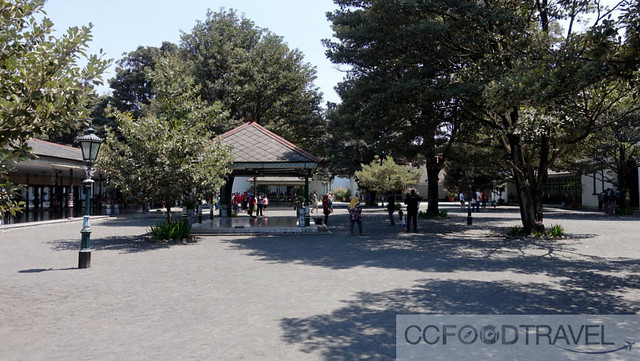
Effectively a walled city, this unique compound is home to around 25,000 people, and has its own market, shops, batik and silver cottage industries, schools, and mosques.
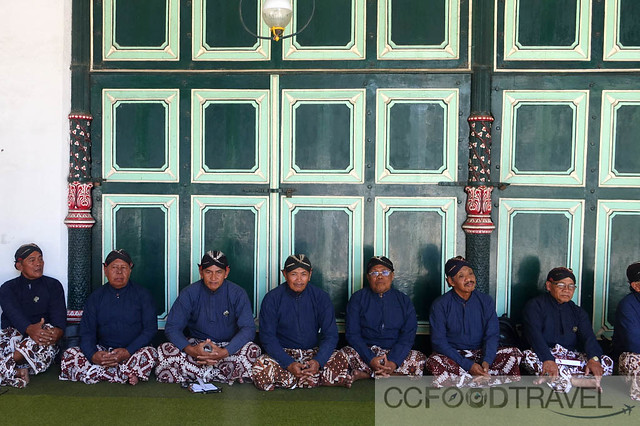
Around 1000 of its residents are employed by the sultan. The innermost group of buildings, where the current sultan still resides, was built between 1755 and 1756. European-style touches to the interior were added much later, in the 1920s.
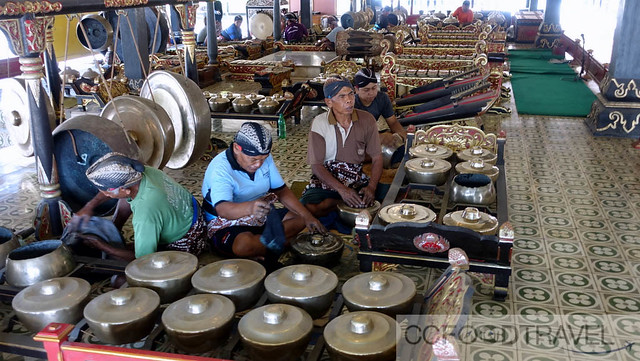
Structurally this is one of the finest examples of Javanese palace architecture, providing a series of luxurious halls and spacious courtyards and pavilions.
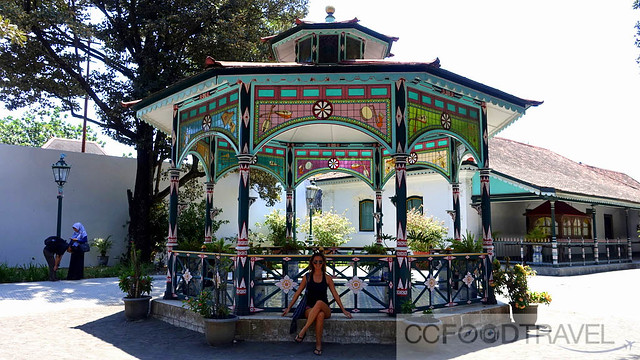
The centre of the kraton is the reception hall, the golden pavilion, with its marble floor, intricately decorated roof, Dutch-style stained glass windows and great columns of carved teak.

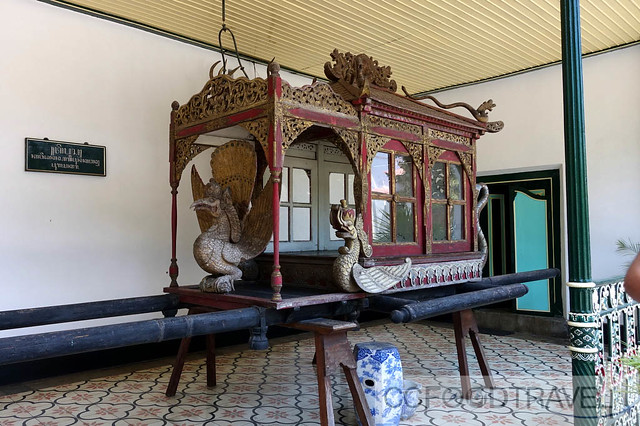
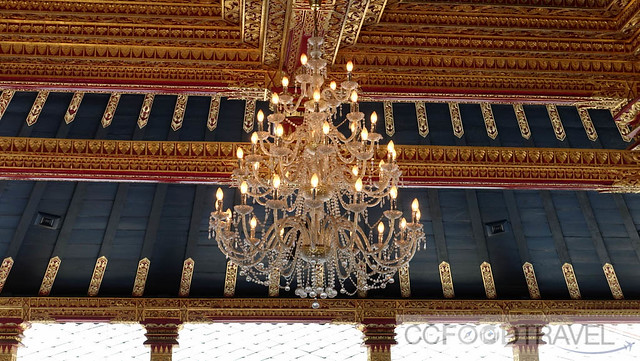
A large part of the kraton is used as a museum and holds an extensive collection, including gifts from European monarchs, heirlooms of the royal family and gamelan instruments. One of the most interesting rooms contains the royal family tree, old photographs of grand mass weddings and portraits of the former sultans of Yogya.
10. Lose yourself in Taman Sari (Water Castle)
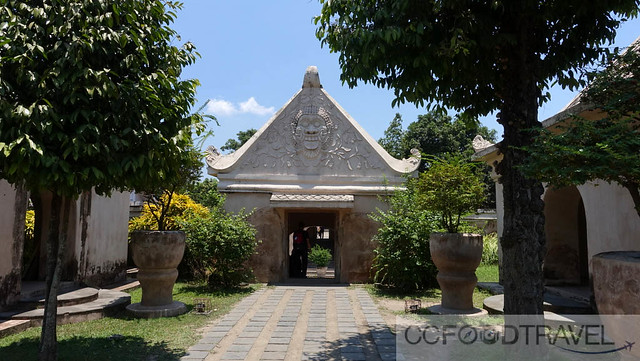
Just southwest of the kraton is the Taman Sari, which once served as a splendid pleasure park of palaces, pools and waterways for the sultan and his entourage. One can imagine back in the day, when the pools were filled with water – it must have been a most fantastic sanctuary to go to for a dirty little weekend of fun and pleasure. If you look up from the Umbul Pasiraman bathing complex, you will note the tower from which the sultan observed the bathing women! It’s said that the Sultan had the Portuguese architect of this elaborate retreat, built between 1758 and 1765, executed in order to keep his hidden pleasure rooms secret.
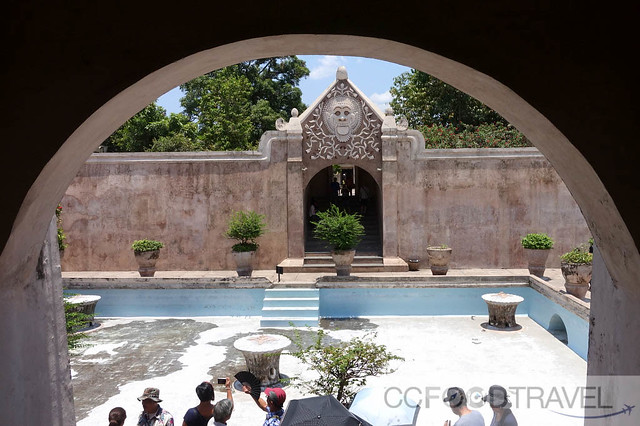
The complex, which is also known by its old Dutch name waterkasteel (water castle), was damaged first by Diponegoro’s Java War, and an earthquake in 1865 helped finish the job. While much of what you see today lies in ruins, the bathing pools have been restored.
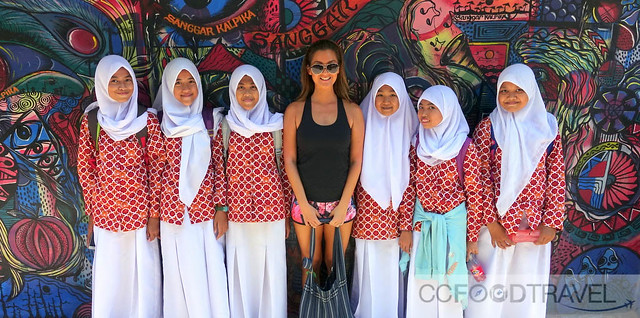
We also had a chance to wander along Kampoeng Cyber whose walls were rather colorfully decorated by graffiti. Almost all the walls of houses here are filled with murals. Kampoeng Cyber is located just alongside the tourist attraction bath Taman Sari. Some time ago, there was a mural competition organized in this village, and most of the work still remains.

After meandering along the villages we arrived at Sumur Gumuling – Taman Sari. This is a one-storied circular structure that forms the Gumuling Well (Sumur Gumuling). This building can only be entered via the underwater tunnels and once used to be a mosque. A niche in the wall of this building was used as a mihrab.
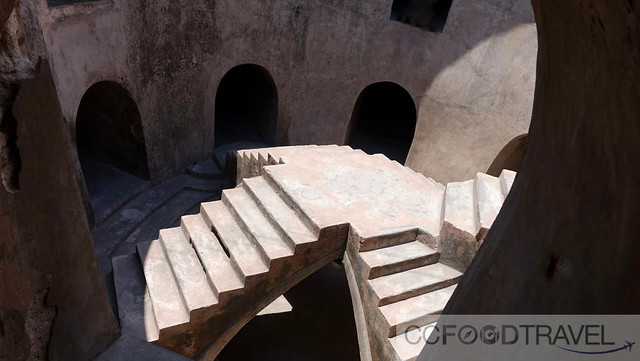
The central area of this building is an elevated platform where four staircases meet, and then from the platform, one staircase reaches the first floor. On the ground level of this platform is a small pool that was used for the Muslim ritual of ablution. Now a days, travelers love this spot for some reprieve from the noon day heat, and also to stop for a cool photo moment!
Enjoyed this post… ? Well then, Read our past Indonesian Posts here…
This trip was sponsored by Tourism Indonesia. CCFoodTravel maintains full editorial control of the content published on this site as always.
All images shot by us are captured using Sony DSC-RX100IV and Sony Action Cam HDR-AS200v
Follow us on Instagram : @ccfoodtravelPlease show us some FB LOVE, thank you!





What an exceptional post and beautiful sites, stunning and your top 10 is a must for this region
Thanks Noel! Wasn’t it just the best..? I want to go back.. now! 🙂
Wowwwww!!!! Stunning snapshots!!! Breathtaking! Now I wanna go to Yogya…
Haha Thanks my dear. And you must ! 😀
I’ve been here 1 few years ago with my colleagues and bosses (company trip). All I can remember was the scorching weather >_<
LOL. yes it is hot.. but at least it’s worth it! 🙂
Shared this with my friends on FB. We plan to go early next year. cheers!
Cheers! Have fun zeti
Awesome! Jogja is on our list, but 10 things to do is great and we can follow what you do.
Enjoy!
A great and inspiring account with nice photos to boot. Our family is a big fan on Java and have visited Jakarta and Bandung, Ubud Bali many times. Yogyakarta has always been missed. We will definitely put this on our map next year. Keep up to good work and posts coming C&C!
Oh happy to you liked the post.. and yes please do head to Jogja for a unique and exciting experience!
Your photos are beautiful, Ciki, and this is such a fun and informative post. I love salmon, and I agree with you, the one in your photos looks overdone; such a disappointment. Your posts are inspiring, enjoyable and fun. Thank you so much for sharing. 🙂
Thank you Linda!! xoxo
stunningly evocative pics … a real ringing endorsement of yogyakarta! i’m sold! 🙂
Awesome.. Glad they give you goosebumps then.. all I can say is.. #followyourgoosebumps !
these are some very nice pics, ciki, makes me wanna go there!
Go .. just do it! 😀
what a great experience in Jogja!! I think you had thigh schedule in Jogja, isn’t it?
Yes very tight – only 3 days 2 nights! But we managed… still we want to return for the Merapi Trek!
Great tips and recommendations… I would like to visit all those places someday! 😀
Perhaps your wish will be granted soon! 😀
I have so many places I want to visit on my list already, but your post makes me want to squeeze this right in now and even moving a couple of places up! Not helping 😛
Jokes aside, really beautiful trip photos, I’ve heard so much about this place and you’ve confirmed and strengthened all that I’ve heard! 🙂 Lovely post, as always!
Thank you Christy! You will love Jogja!
Aaah you guys made so many gorgeous photos. Captured our trip perfectly. I wanne go back!!! I miss you guys so much!!
X Lily
We miss u heaps too Lily.. and also Nigs!! Big love.. hope to see u soon:D
Awesome..
Great tips and recommendations
Cheers!